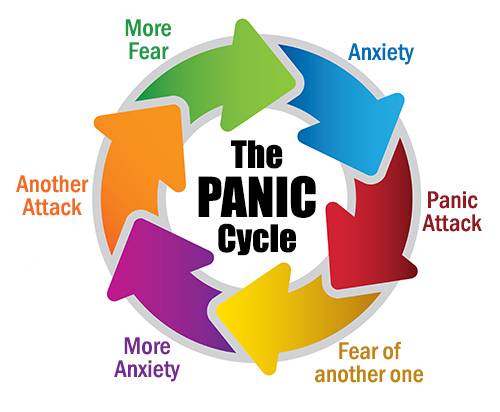As I type this sentence, I’m thinking about a Canadian woman named Jody, whose Twitter handle is @onelastkick71. Because I have not seen a “tweet” from her in 24 hours, I am wondering if she is still alive, and fearing she is not. Through my social media connection with Jody, I’ve sensed anguish in her tweets, the most recent of which read, “pray for me not to wake up tomorrow.” I hate that she’s in this pain. I hate my feelings of helplessness, and I hate that I have no idea if she’s taking a social media break, or if she is gone. At some point, Twitter got serious, and I never saw it coming.
I joined Twitter in 2008 when a girlfriend suggested it was a light-hearted glimpse into the musings of notable people. In my first few years, I “followed” athletes and artists, and routinely pressed the small heart icon that indicated my “like” of their thought. At the time, I had no Twitter voice of my own, and any followers of mine consisted of bots, and my brother. After I earned my clinical license, I attached my credentials to my name, and included “therapist” in my Twitter handle. Being an independent practitioner carried more gravitas, and also freed me from constraint associated with my thoughts representing a governing agency. Through my profession, I developed a voice.
I began “tweeting” about mental health issues, and sharing published pieces about mental illness in both my personal and professional experiences. Although my followers never reached into the thousands, I saw enough of an increase to further increase accountability for the content of my “tweets”. It made sense that within a few months I began following, or was followed by, several mental health practitioners, advocates, and even a few public figures willing to connect through experiences with mental illness. Twitter became a more rewarding experience than it was when I commented strictly on movies and sports, but before long, I realized those rewards had a bit of a price.
Within the “twittersphere” exists a subgroup of people apprehended by daily thoughts of self-persecution and suicide. The moment I connected with a few, and read their desperate pleas for relief, I felt some connection to them. The difficulty of my adopted position is that they all live in different parts of the world, and my only access to them was through social media, which in their own words was the thread tethering them to life.
Because many of the “tweets” they produced were laced with language suggesting their end was near, I started thinking of my own published content in terms of “trigger warnings” because the anxious thoughts of one can trigger the anxious thoughts of many. Sometimes a contemplated suicide becomes a completed suicide because a few words suggest hopelessness, or stir unbearable memories of trauma. At that point, all social media platforms became domains of responsibility, not only for the content I posted, but for maintaining connections as best I can. There have been enough examples of social media being used to coerce a person to suicide to suggest it could also be used to help a person recognize the value of their life. Although I would like to say Jody is the first and only person with whom I’ve had this experience, she isn’t.
I connected with “LJ”, who suffered from Complex PTSD caused by years of systematic physical and emotional abuse at the hands of her father. Despite her daily thoughts about suicide, LJ stayed alive for her son. Because Twitter connections lack depth, people with whom I was not engaged in the moment fell from consciousness, but that changed when I began wondering about LJ’s life when I wasn’t on-line. My anxiety increased when LJ disappeared from social media, and none of her other followers knew why. As LJ’s other followers and I shared our fears and concerns, I realized there is community to be found on Twitter, and it gains vitality through the value of connection between people. Only when my relationship with LJ ended with an ellipsis did I understand the value of a social media community..
Since LJ disappeared from Twitter, I have encountered others, like Jody, who stay connected to the world through Twitter. While I don’t feel directly responsible for keeping them alive, I do feel an obligation to let them know someone has read their thoughts, and has a response to them. I don’t pretend to be their therapist, just a fellow human being who understands any connection is connection. Like many others, I offer support when I can, and I never guilt someone into staying alive because their death would make me feel like a failure. I surrender to my lack of control over the lives and deaths of others.
Suicidal statements on social media are plenty, and I do wonder what our responsibility is when we happen upon them. When I think about the suicide of Katelyn Nicole Davis, a 12 year-old girl who live streamed her suicide through Facebook, I wonder how many statements she made to which no one responded. At this point, whether I know the person, or not, I respond even to the most vague mention of suicide because I hold out hope that just one response during a person’s lowest moment might serve as a reminder their life has value. We might never know what impact we have on that person, but we will know we didn’t allow someone’s plea for connection to elude our compassion.





